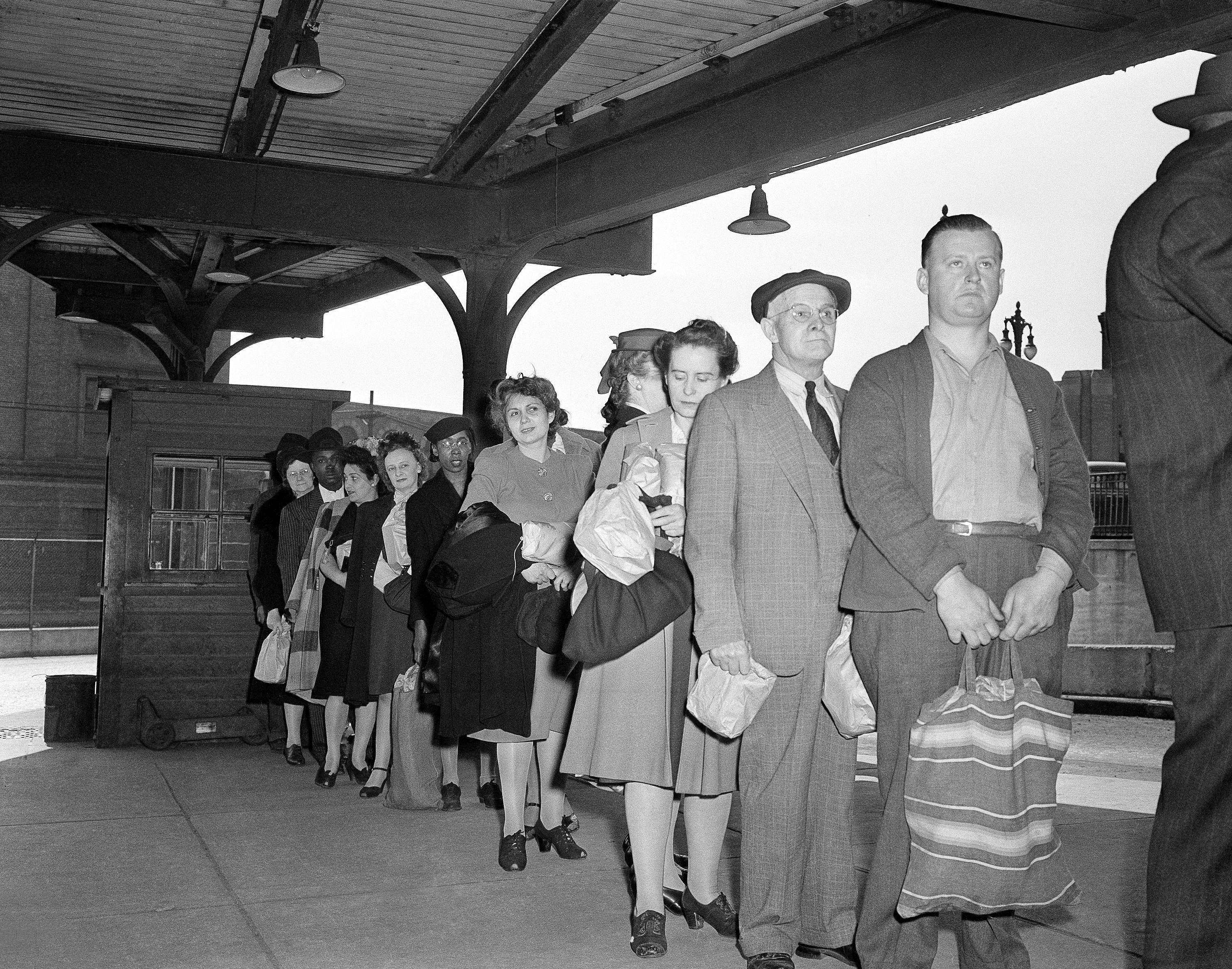In 2008, lines were a rare sight in Toronto. Then came the Black Hoof. In retrospect, the narrative almost seems too neat. The financial crisis wrought a new interest in nose-to-tail dining, and Toronto, a city with a then-middling food scene and a tendency to hop onto any and all bandwagons, was ready to go where the food blogs said to. Couple that with owner Jen Agg’s decision to not take reservations and what was then novel food—horse tartare! beef tongue sandwiches!—and voilà: lineups in front of the restaurant that ignited Toronto’s now-booming food scene.
Now, in 2018, Agg has announced the closure of the Hoof, almost as if to dust off her hands and say “My work here is done.” But if famously combative, feminist Agg was one part of how Toronto changed from boring food town to exciting one (and it really is), another might well be Suresh Doss, a man who, despite being intimately familiar with downtown’s bustling scene, has spent years writing about the many immigrant establishments that dot the city’s suburbs and make up this sprawling town’s cultural milieu.
But even as people like Doss repeatedly extol the virtues of the Malaysian laksa in Scarborough, doubles and roti in Etobicoke, or Lanzhou noodles in North York, urbanites seem mystified by Toronto’s outer regions, less ignorant of them than motivated by a strangely aggressive apathy.
For the residents of the suburbs, mostly nonwhite, sometimes poorer, this is an unexpected boon. Who wants urban tourists cramming up one’s strip malls? As a symbol of how the city works, however, it is less comforting. Toronto’s suburbs are a mystery to downtown residents. No doubt, this is partly due to Toronto’s awful transit, making what should be a quick jaunt into an hours-long round trip. But by and large, urbanites tend to treat the city’s outlying areas as if they were the site of an African safari, with exactly all the weird racial tension that term implies. Even Doss, despite his committed boosterism, offers food tours to various suburbs, for those too timid to venture out to Albion Road a get a veggie thali on their own and who would instead, like picture-snapping tourists, prefer to visit such exotic areas with the safety of a guide.
Downtown, the city strains under line culture. As food blogs waned and the era of Instagram influencers rose, lineups began to form for everything: charcoal-infused ice cream, tacos, absurd grilled cheese festivals—and, every weekend without fail, brunch. It’s all part of a circular network of taste creation in which downtown media focus on downtown establishments to court downtown consumers, which in turn makes hot restaurants only ever seek downtown locations.
Toronto’s well-heeled and paler-skinned downtowners like to make a show of their commitment to the city’s famed diversity. “I just love living with so many different types of people!” they’ll say over $18 glasses of pét-nat. And while Toronto’s once-stodgy food culture has expanded to include its city’s kaleidoscopic cultural makeup, it can often feel that for the people attending the restaurants, there is less interest in the actual people than in their cultural products. And as long as they can jostle elbows in packed restaurants with people who read the same sites, and follow the same Instagram accounts, it seems to hardly matter at all what’s happening 20 kilometres away, who might live there, or what one might be missing. As long as there is a line out the door, then that’s all that matters.






